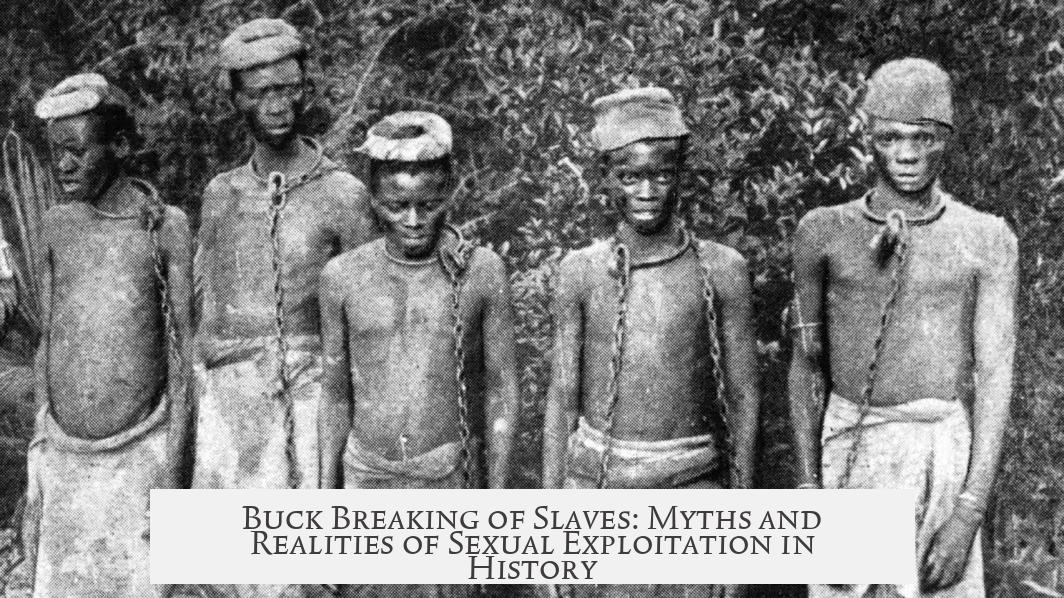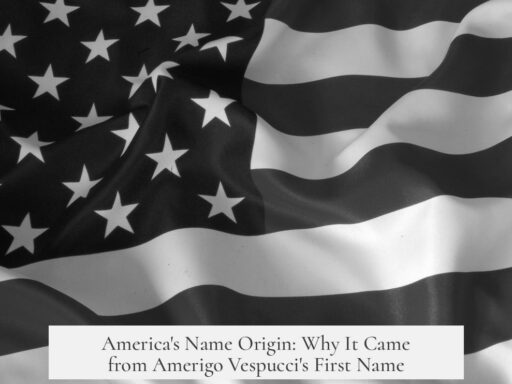Buck breaking of slaves is a historically unsubstantiated claim rather than a documented widespread practice. The term refers to an alleged ritualistic sexual humiliation of enslaved Black men by white slaveholders, but credible historians and scholars find no reliable evidence that such systematic events occurred during slavery. Instead, documented cases point to more isolated instances of sexual abuse involving enslaved men, framed within the broader context of sexual violence as a tool of domination.
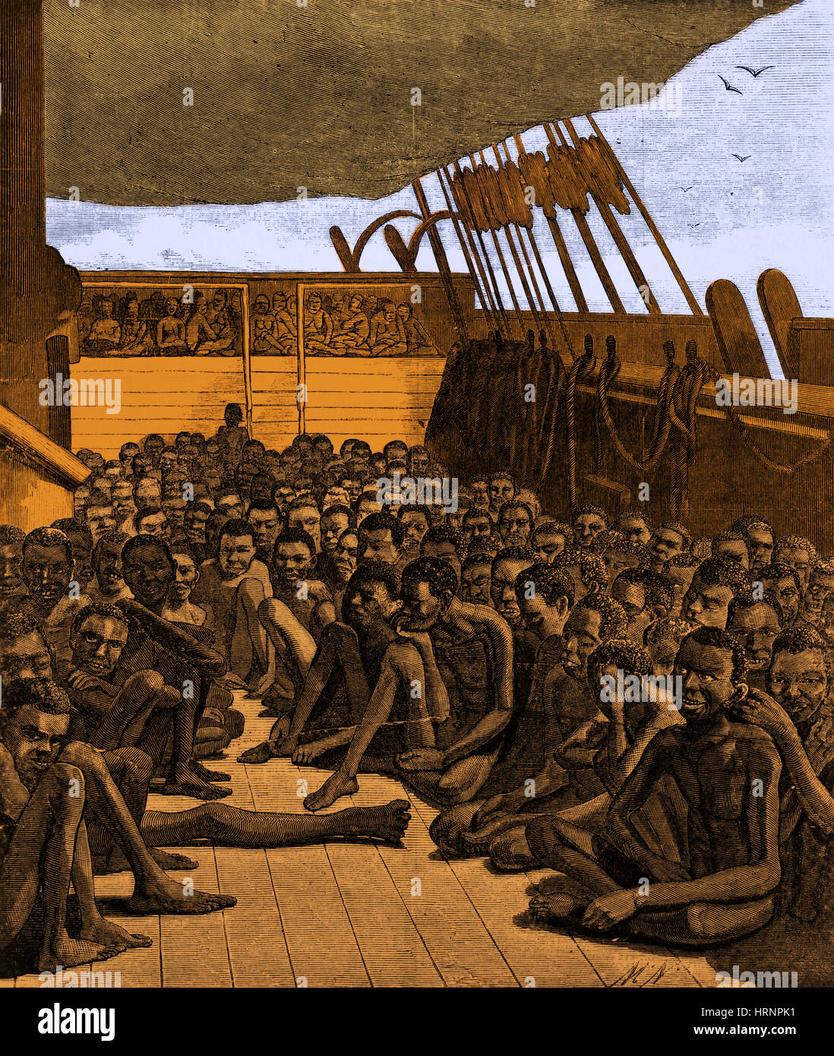
Historical research reveals no verified descriptions or records of “buck breaking” as a ritual or broad practice. No scholars specializing in slavery’s sexual abuses mention it. The idea of large, overt ceremonies involving multiple white men participating in male-on-male sexual assault contradicts the legal and social realities of the antebellum South, where sodomy was illegal and harshly punished by law and social convention.
Nevertheless, male-on-male sexual abuse did occur during slavery. Historical narratives and some slave testimonies, including passages in Harriet Jacobs’ Incidents in the Life of a Slave Girl, indicate non-consensual same-sex acts committed by white slaveholders against male slaves. Plantation owner Thomas Thistlewood’s 1700s diary from Jamaica references accusations of sodomy toward male domestic slaves, illustrating documented but infrequent individual incidents rather than formal practices.
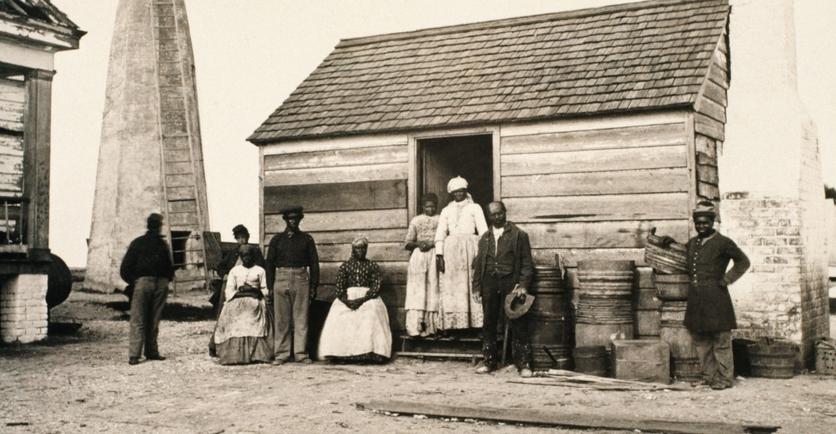
Sexual exploitation in the system of slavery transcended physical acts; it was an expression of power. Enslaved people’s bodies served as extensions of white dominance. For enslaved men, sexual abuse was especially degrading, as it attacked their masculinity within a highly gendered society. The psychological aspect of humiliation contributed to control by instilling fear and dehumanizing victims.
The secrecy surrounding same-sex abuse was critical. Slave owners risked severe repercussions if publicly exposed because society condemned homosexual acts. Despite the risk, certain owners used sexual violence to assert dominance with impunity. These abuses were typically private—affecting individuals in close proximity to their masters or overseers—rather than spectacles shared among groups.
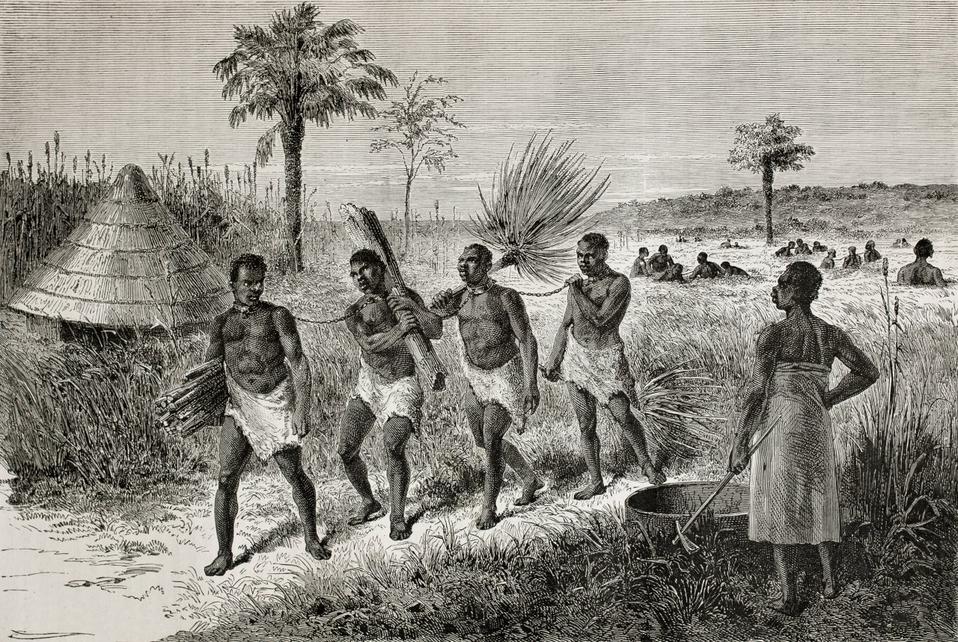
Sexual relationships on plantations sometimes involved complex dynamics of coercion and resistance. A few enslaved individuals engaged in quasi-consensual interactions with exploiters to gain better treatment or protection. However, these relationships were inherently unequal and exploitative, lacking true consent.
Modern interpretations often misuse concepts like “gay” to label slaveholders. Historians caution against applying contemporary sexual identity categories retroactively to the past, since notions of sexual orientation as an identity are modern social constructs, absent in antebellum America. Sexual attraction occurred, but identities as “gay” or “straight” did not exist in the same way.
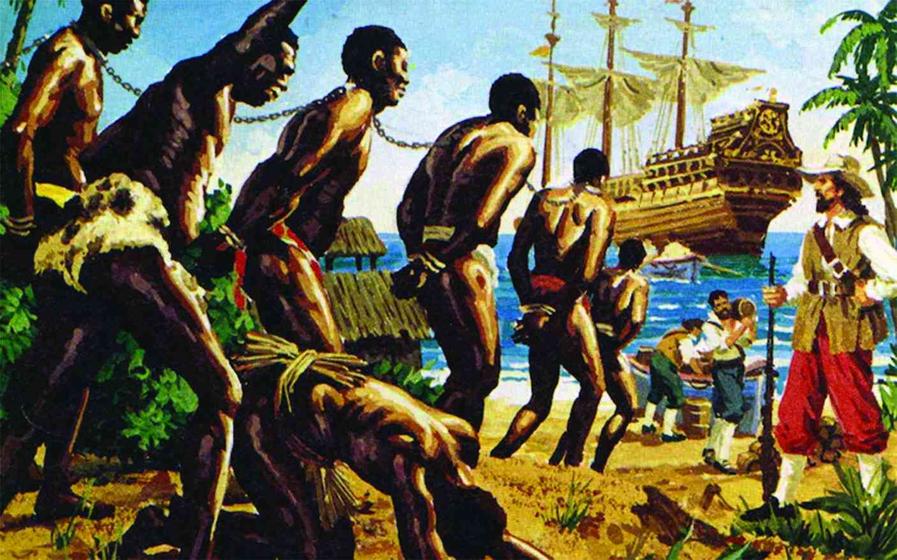
| Aspect | Details |
|---|---|
| Existence of Buck Breaking | No credible historical evidence; considered a myth or misinterpretation |
| Male-on-Male Sexual Abuse | Documented in limited cases; significant but not ritualized |
| Legal & Social Context | Sodomy was illegal and socially condemned; abuse had to be secret |
| Purpose of Abuse | Power, control, and humiliation of enslaved men |
| Public vs. Private | Usually private, not public ceremonies or large displays |
| Resistance & Agency | Enslaved people employed various strategies to resist and survive sexually exploitative contexts |
| Modern Terminology | Labels like “gay” are anachronistic when applied to slaveholders |
Key takeaways:
- Buck breaking is not supported by historical evidence; it is generally considered a false or exaggerated concept.
- Male slave sexual abuse by white owners was real but not ritualistic or public.
- Sexual violence served as a mechanism of control, humiliation, and power.
- Such abuse was clandestine due to legal and social prohibitions against sodomy.
- Enslaved people navigated sexual exploitation with resistance and survival strategies.
- Contemporary terms like “gay” do not accurately describe the identities of historical figures in slavery.
Buck Breaking of Slaves: Myths, Realities, and the Complex History of Sexual Exploitation
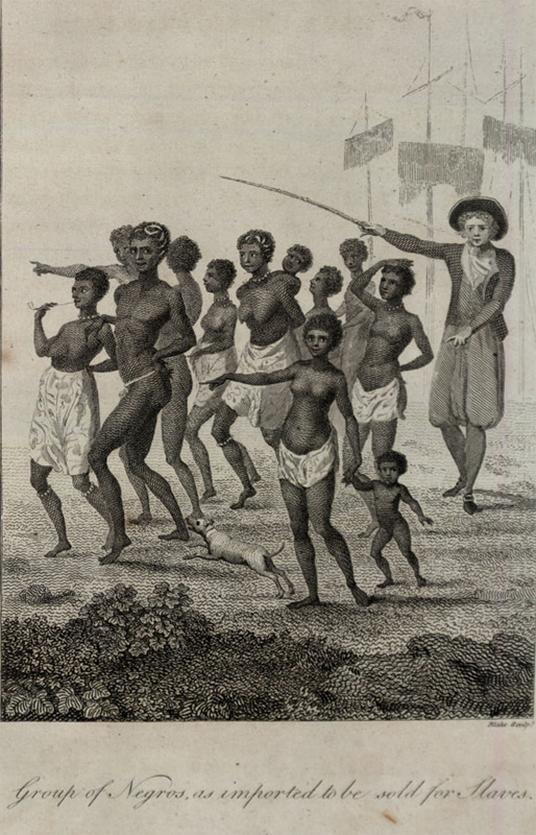
So, what exactly was “Buck Breaking”? Simply put: it is NOT a clearly documented, widespread historical practice. Contrary to popular internet tales and sensationalized accounts claiming “buck breaking” was a ritual where enslaved African men were publicly humiliated and sexually abused by plantation owners en masse to break their spirits—the historical evidence just doesn’t back this up.
Believe it or not, historians and scholars who specialize in slavery and sexual abuse rarely, if ever, mention “buck breaking” as a recognized or pervasive institution. This absence is telling. One expert even says it sounds “quite nonsensical” when you consider the larger historical context that would make such acts both dangerously illegal and socially taboo at the time.
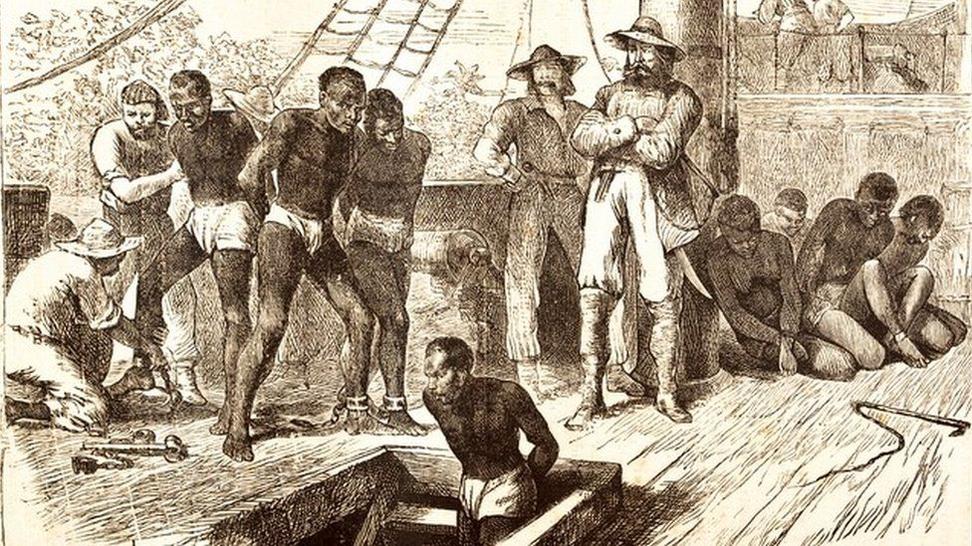
“The idea that festivals of male-on-male rape involving many white men in the upper ranks of southern society were a prominent part of slavery is frankly a fanciful and unnecessary assertion.”
In short, the dramatic stories pushing “buck breaking” into the spotlight don’t hold water when confronted with historical records or social realities of the time.
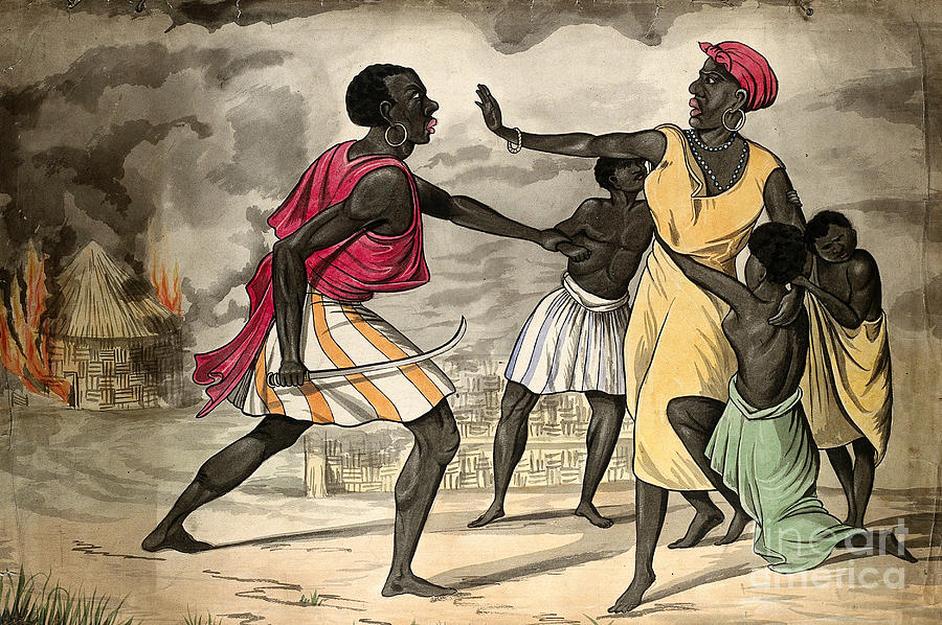
Male-on-Male Sexual Abuse Did Happen—But Not in the Way “Buck Breaking” is Portrayed
Now, before you dismiss that sexual abuse didn’t happen, let’s clarify. Sexual abuse of enslaved men, including male-on-male abuse, absolutely occurred—though it was far from the grandiose spectacles sometimes described in modern retellings.
Historians have found fleeting but real references in slave narratives and diaries. For example, Harriet Jacobs’ Incidents in the Life of a Slave Girl hints at non-consensual sexual abuse involving men. Not to mention Thomas Thistlewood, the plantation owner in 18th-century Jamaica, who recorded accusations of sodomy involving masters and male slaves in his infamous diaries.
Such records suggest that abuse was indeed a dark part of enslavement—but more intimate and covert rather than a public ritual.
Where Did “Buck Breaking” Myth Stem From?
Good question! In many cases, these tales stem from amplified rumors or political rhetoric. Some versions incorporate homophobic or racially charged language, twisting historical abuse into stories of broad white male participation in organized sexual degradation events. These stories often emerge from modern internet spaces or from nationalist narratives looking to underscore certain themes of oppression.
However, the harsh social, legal, and even religious prohibitions on sodomy in antebellum America meant that slave owners engaging in sexual abuse risked severe consequences if discovered. It was dangerous for everyone involved, making large-scale, public sexual rituals unlikely.
What Was the Real Purpose of Sexual Exploitation in Slavery?
Understanding the harsh truth requires seeing sexual abuse not simply as physical acts, but as tools of dominance and control. For enslavers, rape was about power, intimidation, and forcing submission—much like flogging or other violent punishments.
Male-on-male sexual violence, in particular, was a brutal violation that targeted the enslaved man’s dignity and masculinity within a deeply gendered social structure. It was an act of humiliation designed to erode identity and resist resistance.
Adding another layer of cruelty: enslavers could abuse enslaved men in secret, hiding these atrocities from a society that condemned same-sex acts even more harshly. This secrecy amplified the power imbalance—no accountability, no safe avenues for victims.
Was Sexual Abuse Ever Public or Ritualized?
Not usually. While physical violence was often public, sexual abuse was more private or at least intimate. It involved abducting enslaved persons who served the planter day-to-day and exploiting those close relationships. This meant that exploitation was often embedded in everyday social and work life on the plantation.
So, instead of large gatherings for “buck breaking,” sexual exploitation was more about subtle, ongoing domination rather than grand public humiliations.
Agency, Resistance, and the “Quasi-Consensual” Relationships
Could enslaved people resist such abuses? To some degree, yes. Resistance took many forms: quiet defiance, sabotage, escape attempts, and sometimes using the system’s own imbalances to gain better conditions.
Some enslaved men and women engaged in what historians term “quasi-consensual” relationships with masters. These were strategic, as enslaved individuals might leverage a planters’ sexual desires to protect themselves or their families. But let’s be clear—nothing about these interactions was truly consensual as power dynamics were profoundly unbalanced.
The Problem With Calling Slaveholders “Gay”
One modern misstep in discussing the sexual abuse of male slaves is labeling the perpetrators as “gay.” Historians caution against this because it imposes 21st-century social ideas on people from very different times.
Back then, identities like “gay” or “straight” didn’t exist as we know them. Sexuality was seen more as acts rather than defining traits of someone’s personality or group identity. We can talk about sexual behavior, but applying modern labels risks misunderstanding the context.
Why Does the “Buck Breaking” Myth Persist?
Because it’s dramatic, it fits into narratives of extreme oppression, and it stokes outrage. But those sensational stories risk overshadowing more accurate, nuanced understanding of the horrors of slavery.
Focusing on myth over fact can distract from real testimonies of pain and resilience in enslaved people’s own words.
Real Takeaway: Understanding Sexual Exploitation Requires Nuance and Care
Sexual abuse in slavery wasn’t a series of theatrical, public breakings—instead, it was complex, secretive, and deeply painful. Power, race, gender, and societal norms all intersected to create a system that exploited and dehumanized brutalized people.
Historians argue for careful use of language and terminology that respects the historical reality without sensationalism. Misrepresenting histories can do more harm than good by clouding public understanding.
**So, next time you hear about “buck breaking,” ask:** What evidence backs this up? Is the story coming from primary sources or hearsay? Is it serving education or sensationalism?
By demanding good history, we honor the truth—and the suffering and strength of those enslaved—better than myths ever could.

